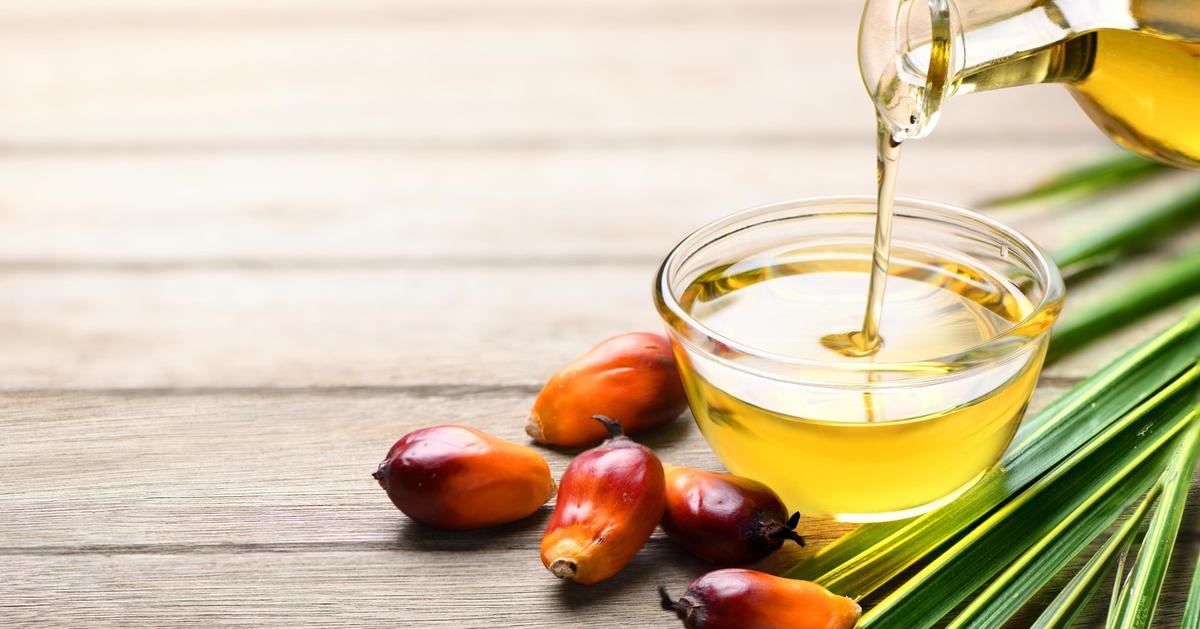Palm Reserves in Malaysia to Hit 9-Month Low as Exports Soar

Palm oil stockpiles in Malaysia likely plunged the most in more than two years in March, dropping below the 2 million-ton level, as exports jumped and production in the second-biggest grower continued to weaken.
Inventories shrank about 18% from a month earlier to 1.75 million tons, according to the median of 10 estimates in a Bloomberg survey of analysts, traders and plantation executives.
That’s the lowest level since June and biggest monthly drop since December 2020.
Exports surged 25% to 1.39 million tons, the survey showed, the biggest gain since May 2022. Crude palm oil production fell about 1% to 1.24 million tons, the lowest since February 2022 and the fifth straight monthly drop.
The big jump in shipments shows Malaysia may have benefited from export curbs in top producer Indonesia, which in February froze some export quotas and ramped up use of palm in biofuel.
Cargo surveyor Intertek Testing Services reported an increase in Malaysian shipments to India, China, EU and Africa.
The export factor is the reason why stockpiles are down, according to David Ng, a senior trader at IcebergX Sdn. in Kuala Lumpur. There’s also uncertainty about the actual impact of floods in March and how badly they affected plantation operations, he said.
Continuous monsoon rains hit parts of Malaysia early last month, with heavy downpours triggering floods in several key-producing states such as Johor and Pahang. A group of palm oil millers in southern Peninsular Malaysia had initially forecast a 70% month-on-month slump for the first five days of March, but full-month numbers indicated a drop of just 9%.
Benchmark palm oil futures fell 1.4% to 3,910 ringgit a ton by the midday break in Kuala Lumpur, easing from a three-week high. The tropical oil is pressured by long liquidation in
Chicago soybean oil, easing South American soyoil, as well as sharply lower European rapeseed oil and Black Sea sunflower oil prices, according to Anilkumar Bagani, head of research at Mumbai-based Sunvin Group.
More from the survey:
* Stockpile estimates ranged from 1.63 million to 1.99 million tons
* Production forecasts were from 1.14 million to 1.33 million tons
* Respondents were mixed, with half expecting a rise in output from a month ago and the other half seeing a drop
* Export forecasts were from 1.23 million to 1.45 million tons
* Imports are expected to remain steady at 50,000 tons, compared with 52,446 tons a month earlier
* Local consumption estimates were from 240,000 tons to 340,000 tons
Read also
Wheat in Southern Brazil Impacted by Dry Weather and Frosts
Oilseed Industry. Leaders and Strategies in the Times of a Great Change
Black Sea & Danube Region: Oilseed and Vegoil Markets Within Ongoing Transfor...
Serbia. The drought will cause extremely high losses for farmers this year
2023/24 Safrinha Corn in Brazil 91% Harvested
Write to us
Our manager will contact you soon



